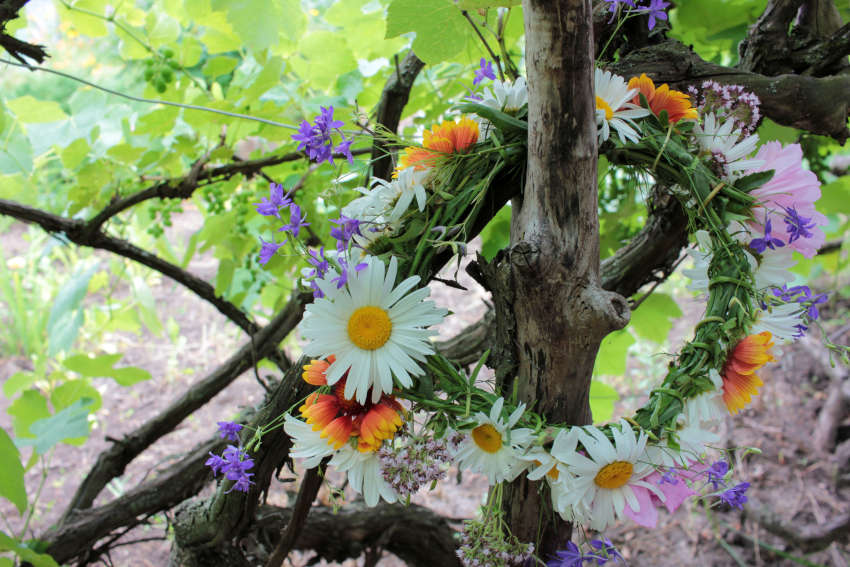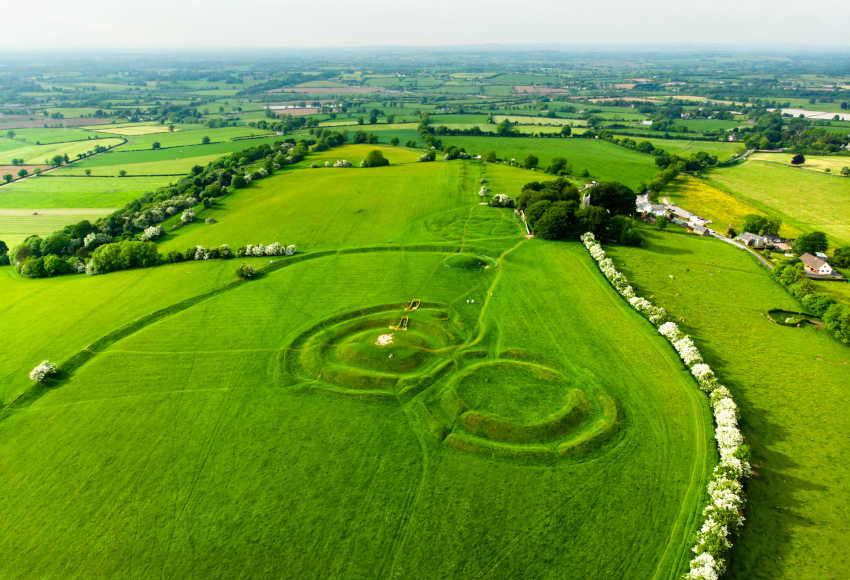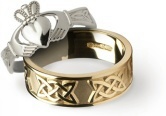Blog Categories
Blog CategoriesFrom Honeymoons to the Celtic Summer Solstice - June is a Magical Time in Ireland
 |
From honeymoons to the Celtic summer solstice, June is a month with special resonance in Ireland and internationally.
This special month, which marks the summer solstice in the Northern hemisphere - the day with the longest period of sunlight - is a time for optimism and new beginnings and brighter days.
The name June derives from the Roman goddess of marriage, Juno. Families believed that couples who married in June would be blessed with happiness forever. The tradition of holding weddings in June dates back to an ancient Roman festival in honour of Juno, wife of Jupiter and goddess of childbirth and marriage. When people emerged outdoors after a long winter, they bathed and celebrated communally.
The word 'honeymoon' refers to the first full moon in June after the summer solstice and it was a time that couples would enjoy their newly wedded bliss. As the old wive's tale goes "if you marry in June, you'll be blessed with a lifetime of happiness and prosperity".
June is one of only three months in the calendar that has three birthstones - pearl, alexandrite and moonstone - so there's a great choice and options to pick from when commemorating a birthday and celebrating with jewelry. The only other months with three stones are August and December.
 |
Closer to home and in Celtic tradition June was all about celebrating the Goddess. The Celts dedicated the celebration of the summer solstice to the goddess. She went by many names and Etain was what she was called in Ireland. Known as 'White lady of the Fae' or 'The Shining One', she was a goddess of rebirth and transformation and associated with water, apple blossom, horses and the sun and much more. In Wales, the Goddess went by Rhiannon and in France her name was Epona.
The solstice was - and still is - a major turning point in the calendar, signalling the gradual lengthening of days with a promise of renewed life and fertility for the coming year. The cycle of the seasons was important in Celtic culture and the Celts were deeply connected to nature. The winter solstice was equally celebrated with rituals and festivals.
It's one of eight main sacred days in Ireland - these were times that the old Celtic world took time to stop and celebrate. The other festivals included Saint Brigid's Day, also known as Imbolc; May Day which is called Beltaine and Samhain which is Halloween.
 |
| Hill of Tara in County Meath, Ireland |
The Hill of Tara in County Meath, known as the seat of the high kings of Ireland, remains one of the most popular sites to celebrate the summer solstice and each year a different theme is chosen for the celebrations. The summer solstice is often marked around Ireland with bonfires on the side of the road and celebrations with song and dance.
It's not surprising that June - the first month of summer - remains one of the most popular months to marry.
